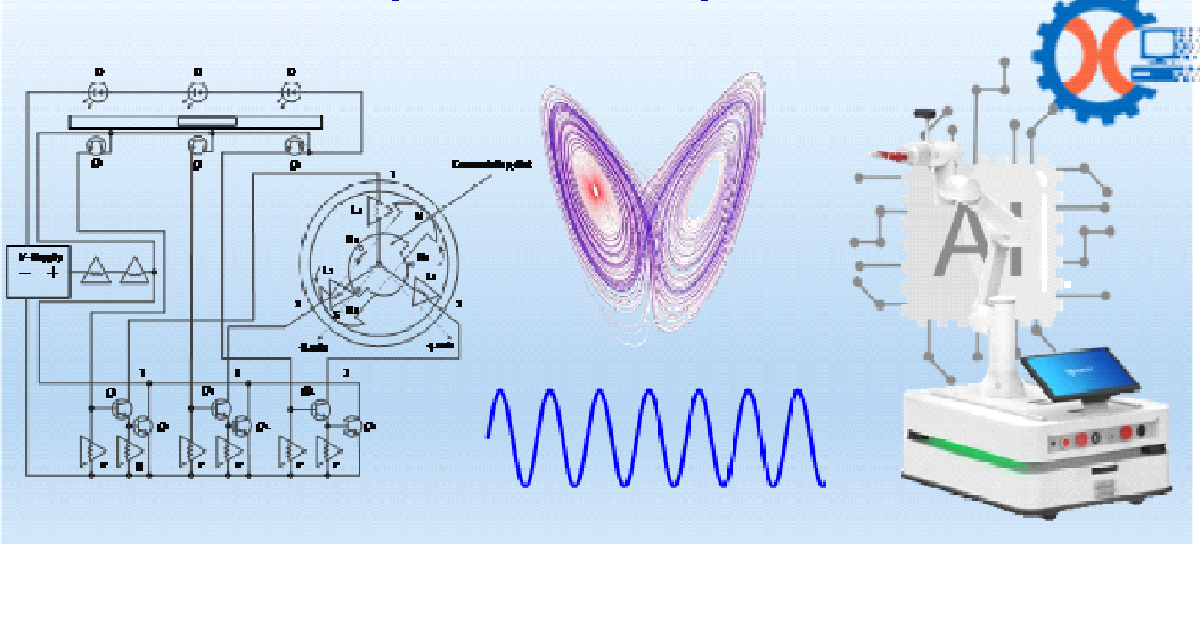- 2.5Impact Factor
- 5.5CiteScore
- 20 daysTime to First Decision
Recent Advances in Nonlinear Dynamics Applied in Electromechanical Systems
This special issue belongs to the section “Electrical, Electronics and Communications Engineering“.
Special Issue Information
Dear Colleagues,
With industry development towards high output power, intelligence, and low energy consumption, the design of electromechanical systems is becoming increasingly complex, which inevitably leads to nonlinearity and instability of the system. An electromechanical system is a typical nonlinearity-involved system. The recent advances in design and control are to improve dynamic performance, steady-state stability, and anti-interference ability to meet modern industry upgrading requirements. In recent years, with the increasing complexity of application scenarios, one has higher anticipation for the nonlinear dynamic performance, intelligence, and automation of electromechanical systems, which also brings new challenges to the research, design, and control of electromechanical systems. Therefore, how to combine nonlinear dynamics, artificial intelligence, and automation with the research, design, and control of the electromechanical system has become a hot issue. The advanced control and analysis methods contribute to developing and improving nonlinear electromechanical systems with high stability and performance. Therefore this topic is aimed to gather the recent advances on nonlinear dynamics and control of electromechanical systems to provide new perspectives to the research and design of the products. The main topics of such Special Issues include, but are not limited to:
- Intelligent control of electromechanical systems;
- Data-driven electromechanical control system;
- Electromechanical control system based on reinforcement learning;
- Dynamic Modeling for complex nonlinear systems;
- Advanced analysis or computing methods in dynamic systems;
- Stability control methods for strong nonlinear systems;
- Nonlinear analysis of the electromechanical systems;
- Stability, bifurcation theory for the electromechanical systems
Dr. Yeyin Xu
Prof. Dr. Zhaobo Chen
Prof. Dr. Yinghou Jiao
Guest Editors
Manuscript Submission Information
Manuscripts should be submitted online at www.mdpi.com by registering and logging in to this website. Once you are registered, click here to go to the submission form. Manuscripts can be submitted until the deadline. All submissions that pass pre-check are peer-reviewed. Accepted papers will be published continuously in the journal (as soon as accepted) and will be listed together on the special issue website. Research articles, review articles as well as short communications are invited. For planned papers, a title and short abstract (about 250 words) can be sent to the Editorial Office for assessment.
Submitted manuscripts should not have been published previously, nor be under consideration for publication elsewhere (except conference proceedings papers). All manuscripts are thoroughly refereed through a single-blind peer-review process. A guide for authors and other relevant information for submission of manuscripts is available on the Instructions for Authors page. Applied Sciences is an international peer-reviewed open access semimonthly journal published by MDPI.
Please visit the Instructions for Authors page before submitting a manuscript. The Article Processing Charge (APC) for publication in this open access journal is 2400 CHF (Swiss Francs). Submitted papers should be well formatted and use good English. Authors may use MDPI's English editing service prior to publication or during author revisions.
Keywords
- dynamics
- vibrations
- electromechanical systems
- intelligent control
- data-driven
- system modeling
- computing method

Benefits of Publishing in a Special Issue
- Ease of navigation: Grouping papers by topic helps scholars navigate broad scope journals more efficiently.
- Greater discoverability: Special Issues support the reach and impact of scientific research. Articles in Special Issues are more discoverable and cited more frequently.
- Expansion of research network: Special Issues facilitate connections among authors, fostering scientific collaborations.
- External promotion: Articles in Special Issues are often promoted through the journal's social media, increasing their visibility.
- e-Book format: Special Issues with more than 10 articles can be published as dedicated e-books, ensuring wide and rapid dissemination.

